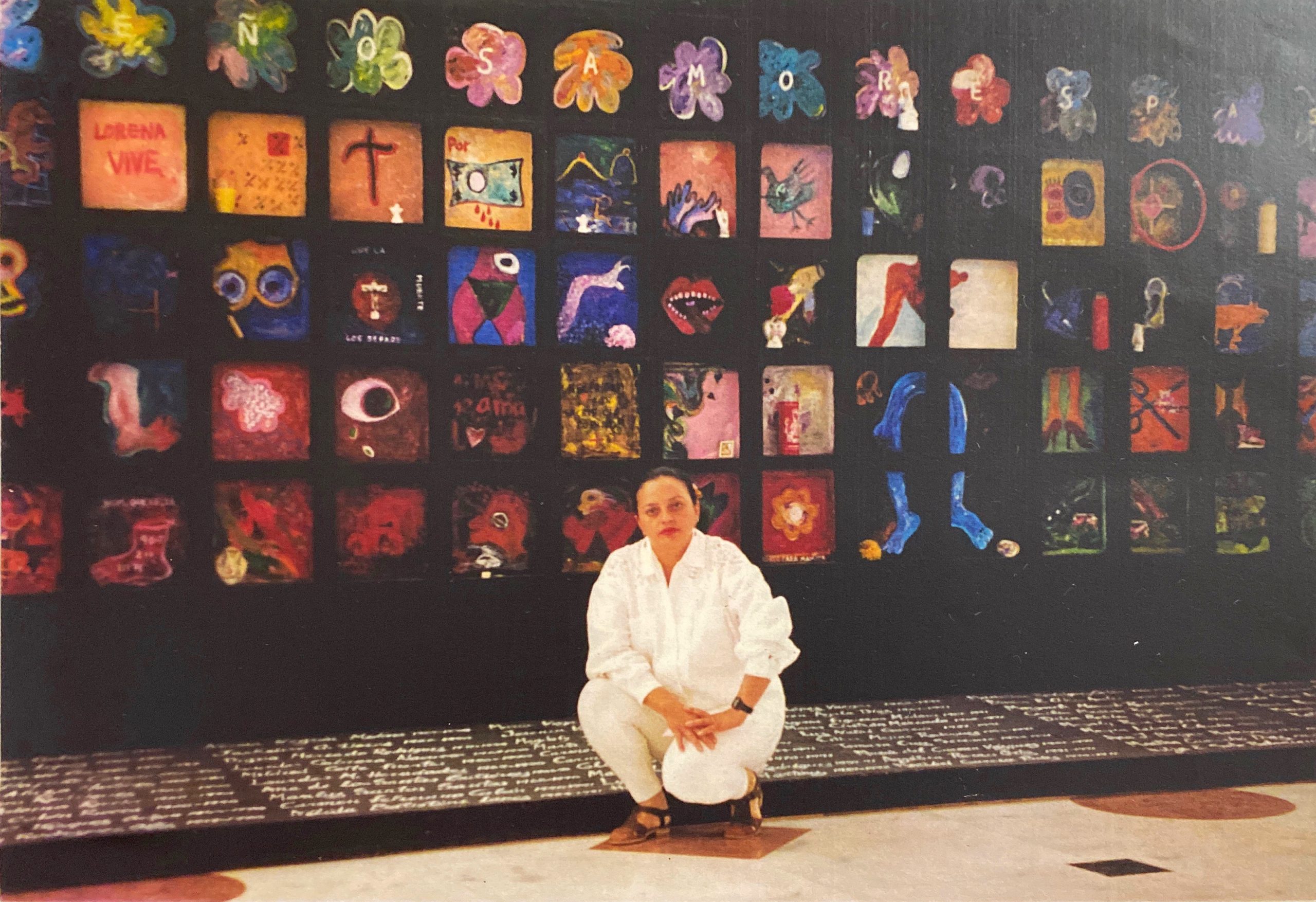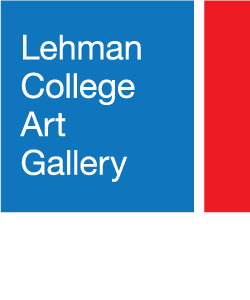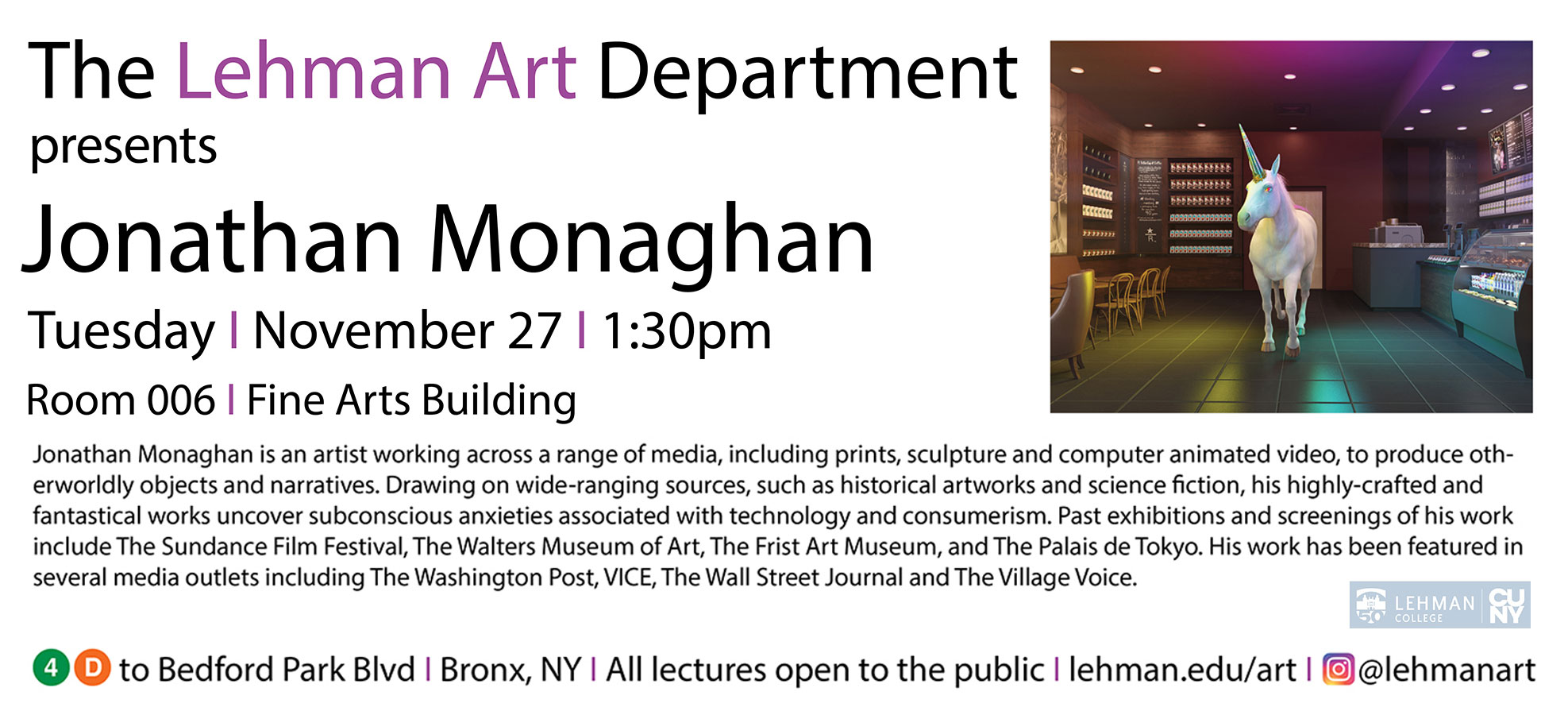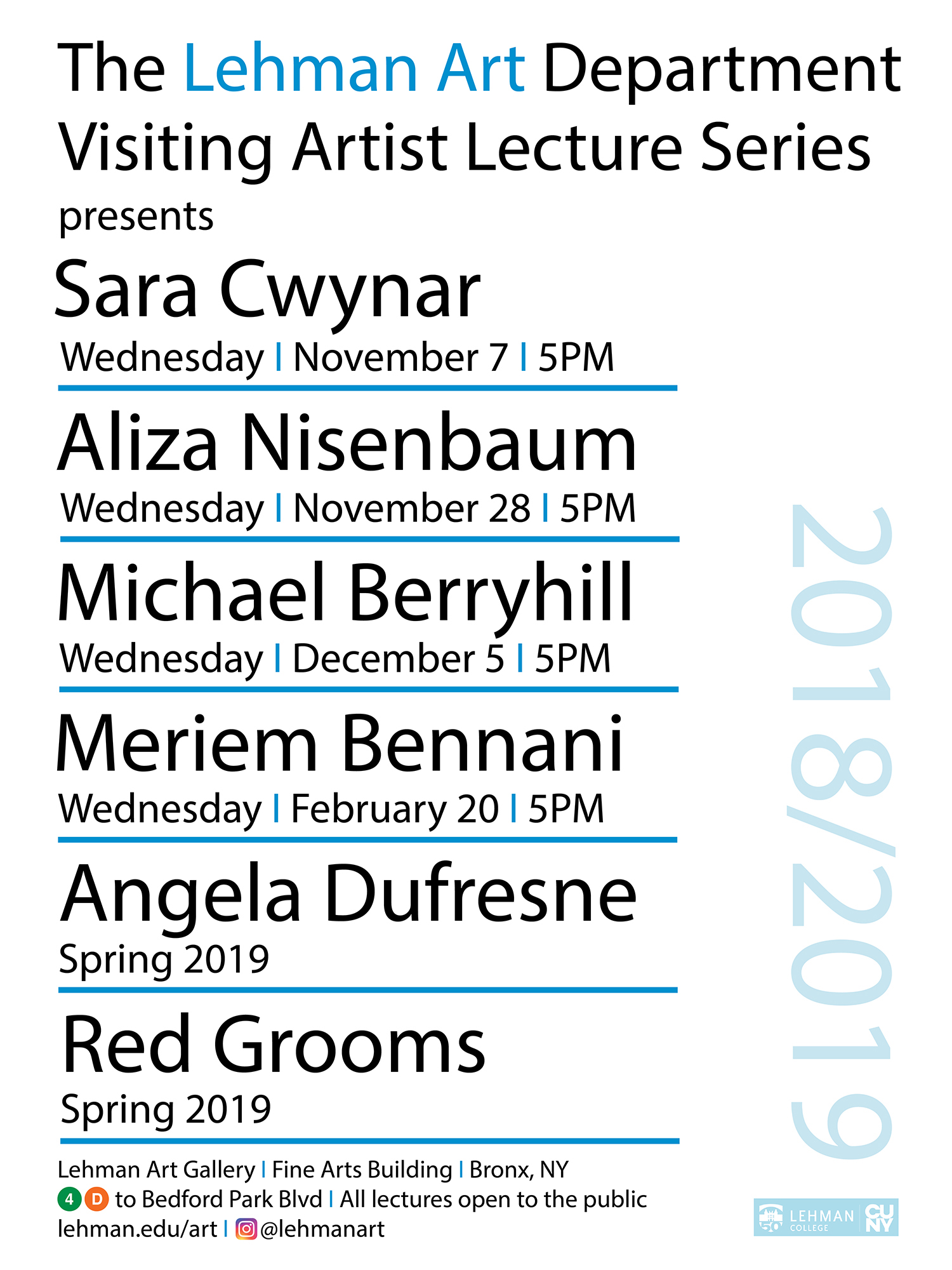Anaida Hernandez: Hasta Que La Muerte Nos SEpare (Till Death Do Us Part)
Hasta que la muerte nos separe (Till death do us part), a major installation by Anaida Hernandez, focuses on the issue of domestic violence and the lives and murders of one hundred women. Its content has been drawn from San Juan police records by journalist Carmen Enid Acevedo over a three year interval in the early 1990’s. The victim’s names and dates of birth and death are written at the base of the “wall”. One hundred wooden niches, like those found in Puerto Rican cemeteries, are arranged in rows to commemorate the women. This work also gives other information relating to the crime from the type of weapon, the place of assault — which was usually the home — and the number of complaints. Hernandez constructs 100 square, wooden “niches” that measure 14″ tall by 14″ deep, arranged in rows. Each of these boxes is masterfully painted and decorated by the artist in order to convey unique messages of love, despair, terror, innocence, ignorance, hope, disbelief, panic, madness, and motherhood. Her images although recognizable seem to originate from a combination of abstract expressionism and primitivism. Symbols represent the home, love, la fiesta, betrayal, brutality, death, sorrow, and memories — there are hearts, handguns, knives, eyes, flowers, and hands. To create a mood that helps us understand the magnitude of this problem, she uses actual objects —botanica, candles, plastic flowers, small framed family photographs that captured better times, and cheap porcelain objects that once adorned a “normal” home —and expressionistically painted imagery. Hernandez combines her artistic talents and electric style with her social and political ideals to produce a moving work of art.
The exhibition also features related work by Hernandez including a second installation Crucigrama, and book illustrations for Contigo Debajo, created in collaboration with the writer Ana Lydia Vega. The second installation, Crucigrama, has words and images in the form of a large cross-word puzzle also allude to the issue of domestic violence.
Hernandez had exhibited widely in the Caribbean and Hasta que la muerte nos separe has recently been seen in the Museum de Arte y Diseno Contemporaneo, San Jose, Costa Rico; the Ludwig Forum Museum, Aachem, Germany; and V Bienal de La Habana, Museo de Bellas Ares, Havana Cuba. Anaida Hernandez was born in Puerto Rico and is currently living in New York City. She studied at the University of Puerto Rico’s Mayaguez campus, and later obtained a master’s degree from the Universidad Autonoma in Mexico.



